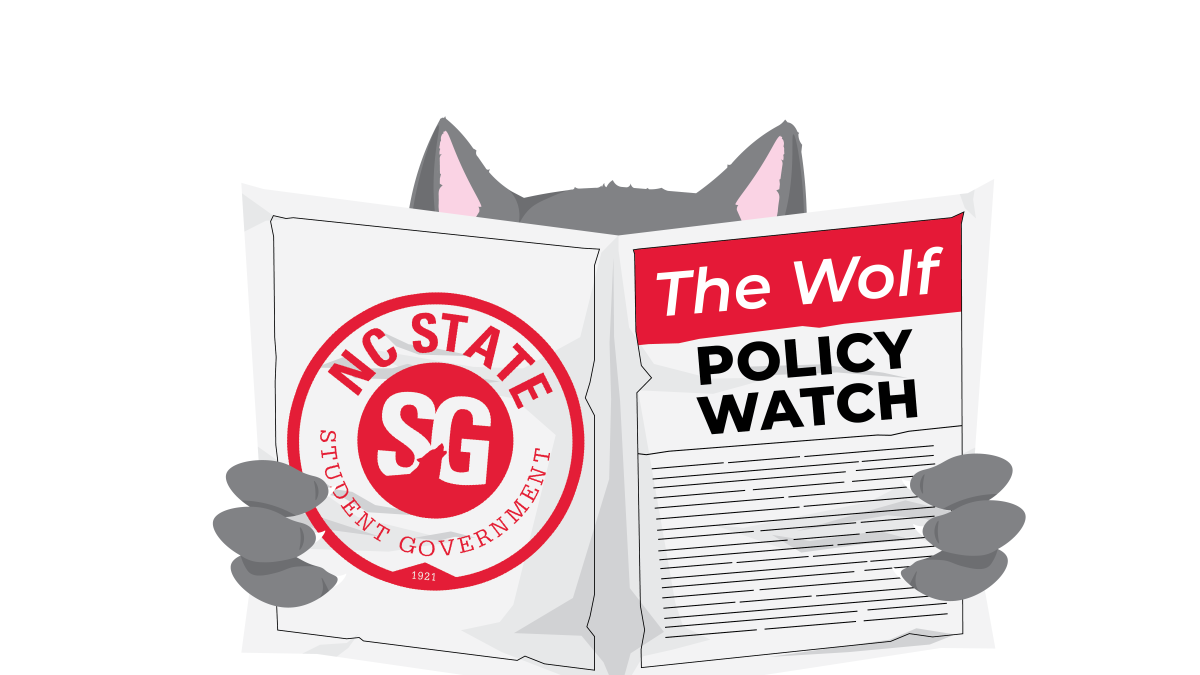The primary goal of a tax system in a democracy is to provide the government with sufficient funds from which to operate while maintaining equity and fairness. North Carolina’s gas tax is currently failing on both goals.
North Carolina has one of the highest tax rates on gas in the country at about 40 cents per gallon. Since the creation of the tax in 1921, the revenue exclusively goes towards maintaining and improving North Carolina’s roads and highways through the North Carolina Department of Transportation (NCDOT). While the gas tax per gallon was much cheaper back then, it was a driving force behind North Carolina earning the nickname “The Good Road State.”
Over time, the gas tax per gallon has increased as the tax base bearing the tax has shrunk. Cars are becoming more fuel efficient every year, and with this summer’s high gas prices, more people than ever are purchasing electric vehicles. The pandemic has also helped many people reduce the number of miles they drive and pay taxes on through remote work. There is an obvious group that is unable to afford to make these changes: low-income people.
While some low-income people rely on public transportation, many more are now able to afford their own vehicles. Personal vehicles provide many more opportunities for employment and general mobility, but these low-income people are now having to pay more gas taxes than a high-income person with a more fuel-efficient vehicle. They don’t have the option to replace an older vehicle or to work from home if they work in the service sector. According to the Brooking Institute, low-income people also have longer commutes than average,. This makes making the gas tax a regressive tax.
Normally, taxes are either flat where everyone pays the same percentage of their income towards a tax, or progressive where people’s tax rates increase with income. A regressive tax can contribute to income inequality and keep people in poverty.
As the tax has become more and more expensive for North Carolina’s poorest drivers to pay, it has also come short of generating the money NCDOT needs. A shortfall was first predicted in 2020, but the gap between the budget and the actual revenue was even greater than expected in 2021, totaling $12 billion.
The problems inherent to the gas tax’s structure have intersected with rising road material costs and a quickly growing population in North Carolina that makes highway maintenance and expansion essential.
Many experts agree North Carolina needs to makeover the way they fund transportation projects through taxes. There are currently just two states that tax drivers based on miles driven rather than gallons of gas used, in a tax structure known as a vehicle-miles tax. The government in these states takes advantage of similar telematics devices as insurance companies to track and charge drivers for their miles.
Using a mileage based tax would grow the base for transportation projects to include electric vehicle users. Electric vehicles have long been incentivized through taxes for their positive environmental impacts. Gas taxes not only fund projects, but they also act as a disincentive for driving, called a Pigouvian tax.
As vehicles become more common and transportation revenues continue to fall, they must be taxed like other car users. Electric vehicle owners must pay an additional $140 every year they register their vehicle with the state, but this is not equivalent to the roughly $20 gas users pay every week.
Instead of moving towards a more progressive tax system based on mileage, the General Assembly elected to raise the gas tax by 2 cents per gallon. Raising the tax rate is a very temporary solution to a tax base issue. The General Assembly needs to work towards taxes that are fair to everyone to fund transportation projects. We want to keep our reputation as the Good Roads State and improve other transportation projects like the light rail. We can only be successful by fixing the regressive gas tax.











